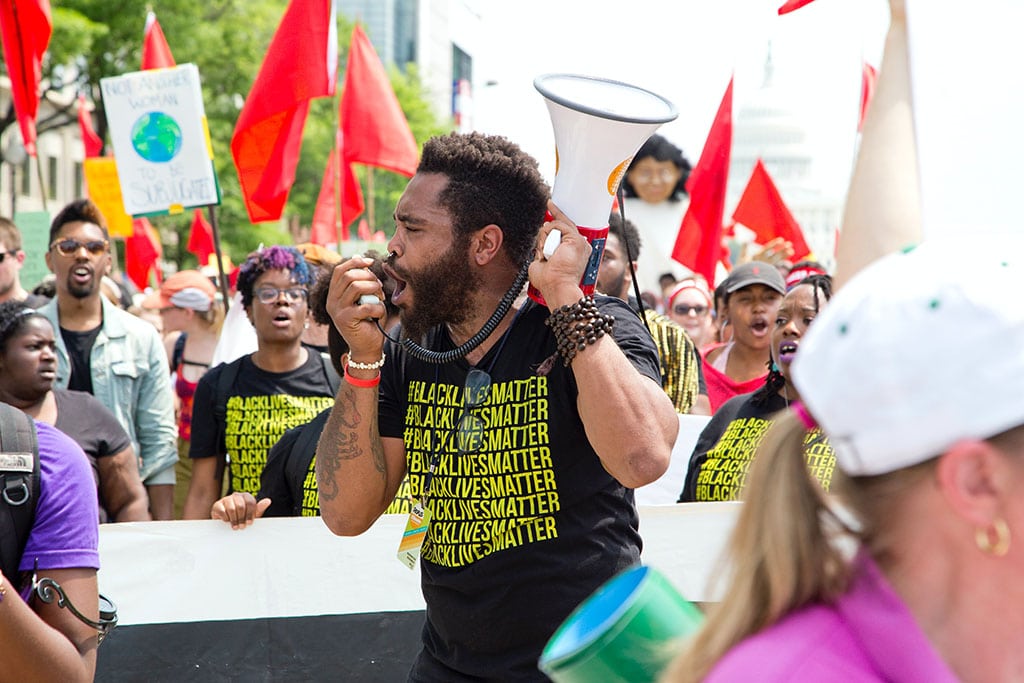Standing up for Justice
Now in its 103rd year, the Surdna Foundation is, amazingly, still led by descendants of our founder, John Emory Andrus. During most of its history, Surdna’s mission was nonspecific, a common practice at the turn of the 20th century. Until the late 1980s, Surdna’s grantmaking centered on education (scholarships), culture (arts organizations, libraries, etc.), and basic community infrastructure (fire engines!).
So how did a white-led family board make the decision to focus on racial equity?
The catalyst was Surdna’s decision to revise its mission some 12 years ago. At that time, the foundation’s program areas worked independently, without coordination or a common set of goals. It took the board and staff a year to settle on language that captured our ethos and aspirations: fostering sustainable communities in the United States guided by principles of social justice.
It may not be poetry, but naming social justice explicitly proved to be a game-changer. What we didn’t know at the time, however, was that we each had different ideas about how much the game should be changed. Finalizing the language of our mission statement was only the first step in answering the question, “What does it mean to be a social justice funder?”
Both by design and by reflex – reacting to the needs of several moments – we next embarked on a series of activities that informed our thinking about social justice and how to learn together: establishing a shared definition of social justice, our vision and values, and organizational outcomes; overhauling program strategies, metrics, and indicators; and launching a system of learning that centers our grantee partners.
Each of these elements – discrete, weighty, and difficult projects all – helped mold the way we approach our work. They have helped make us a more grantee-centric funder, with a deeper understanding of who we are as an institution, where our support is needed most, the power imbalance between the foundation and our grantee partners, and how our internal culture impacts our ability to effect change.

As our work on social justice progressed, we came to understand that the best way to achieve social justice and better outcomes for everyone was to focus on the most vulnerable among us: those who have been systemically denied access to basic human rights and dignity. This led us to center racial equity in our work. (You can see how this all adds up in our core principles, detailed at surdna.org.)
None of this work comes easily. It requires the willingness to confront our differences and our privilege, and to have productively uncomfortable conversations; to provide cultural competency training and space to grow for those within the institution; and, especially in this moment, to act boldly. Sometimes we get things wrong and our mistakes cause harm. This, too, is part of the learning process and requires a process of healing.
Equity, civil rights, opportunity, and human dignity are universal issues no matter what area a foundation is working in. When done honestly, the reward is knowing precisely why you work in philanthropy: to make this a better world for everyone.
This article was originally published in the PEAK Grantmaking Journal. PEAK Grantmaking is a member-led national association of more than 5,000 professionals who specialize in grants management for funding organizations. PEAK members come together to form a vibrant community of practice that advances shared leadership and learning across the sector – helping funders of every size and type maximize their mission-driven work through living their values. Learn more at peakgrantmaking.org and follow @PEAKgrantmaking on Twitter and LinkedIn.

